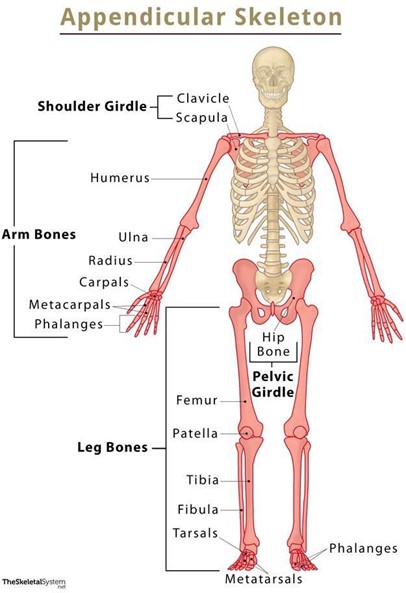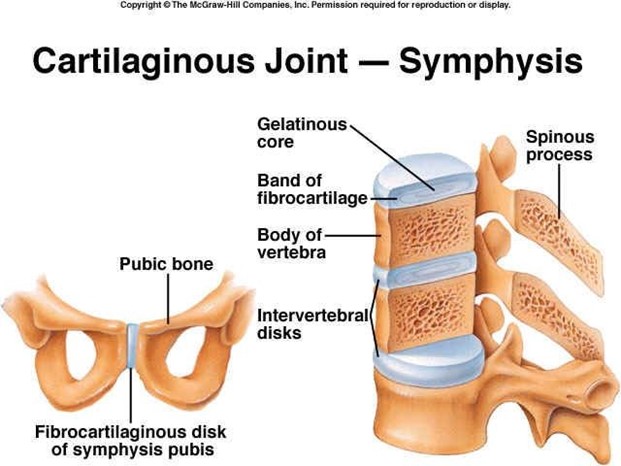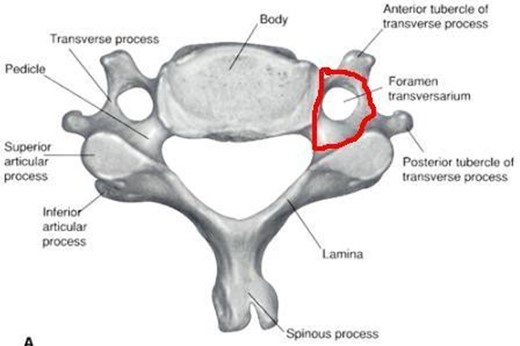Which of the following is not a part of the appendicular skeleton?
Clavicle.
Rib.
Femur.
Scaphoid.
The Correct Answer is B
The rib is a part of the axial skeleton, not the appendicular skeleton.
The axial skeleton

Choice A is incorrect because the clavicle is a part of the pectoral girdle, which connects the upper limbs to the axial skeleton.
Choice C is incorrect because the femur is a part of the lower limb, which is supported by the pelvic girdle.
Choice D is incorrect because the scaphoid is a part of the carpals, which are bones of the wrist in the upper limb.
Nursing Test Bank
Naxlex Comprehensive Predictor Exams
Related Questions
Correct Answer is B
Explanation
The joints between the vertebrae are secondary cartilaginous joints (symphyses) that are formed by the intervertebral discs between the vertebral bodies.
A symphysis is a type of joint that has a fibrocartilaginous disc between two bones that allows slight movement.

Choice A is incorrect because synarthrotic joints are immovable joints, such as the sutures of the skull.
Choice C is incorrect because sutures are fibrous joints that are found only in the skull.
Choice D is incorrect because gomphosis is a type of fibrous joint that anchors a tooth to its socket in the jaw.
Correct Answer is ["Foramen transversarium"]
Explanation

The foramen transversarium is a canal that is found in the transverse process of the cervical vertebrae, C1 through C7.
It is an opening in the bone that allows the passage of the vertebral artery, vertebral vein, and sympathetic nerves.
The vertebral artery passes through the foramen transversarium in C1-C6 vertebrae, while the vertebral vein passes through the foramen in C1-C7 vertebrae.
The sympathetic nerves pass through the foramen in C1-C6 vertebrae as well.
Injuries to the foramen transversarium can cause damage to the vertebral artery and vein, leading to a variety of symptoms, including dizziness, headaches, and visual disturbances.
Whether you are a student looking to ace your exams or a practicing nurse seeking to enhance your expertise , our nursing education contents will empower you with the confidence and competence to make a difference in the lives of patients and become a respected leader in the healthcare field.
Visit Naxlex, invest in your future and unlock endless possibilities with our unparalleled nursing education contents today
Report Wrong Answer on the Current Question
Do you disagree with the answer? If yes, what is your expected answer? Explain.
Kindly be descriptive with the issue you are facing.
